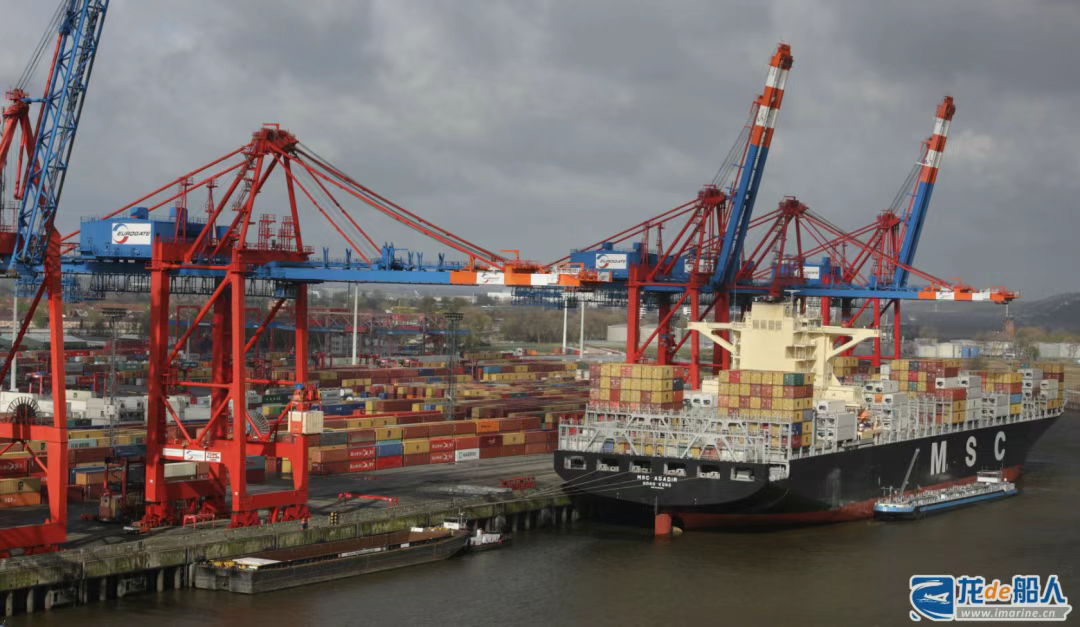Since the Office of the U.S. Trade Representative (USTR) first proposed restrictions on Chinese shipbuilding, nearly half of all new shipbuilding orders worldwide have still gone to Chinese shipyards. HSBC Global Research believes that the United States may further relax restrictions on the Chinese shipbuilding industry.

HSBC Global Research’s global shipbuilding industry report shows that Chinese shipyards’ share of new shipbuilding orders in the global market has declined slightly compared to 2024, but they still hold an important position. Since the USTR first released its proposal on February 21, aimed at addressing China’s “unreasonable behavior, policies, and practices” in the maritime, logistics, and shipbuilding industries, a large number of new ship orders have continued to flow into China.
HSBC cited Clarkson data to point out that between February 21 and June 8, Chinese shipyards won 151 of the 343 new shipbuilding orders placed by shipowners. Calculated in compensated gross tonnages (CGT), Chinese shipyards won 48% of new ship orders during this period.
Data from the China Association of National Shipbuilding Industry (Cansi) also shows that after the USTR announced the proposed restrictions, Chinese shipyards received nearly 50% of orders based on corrected gross tonnage.
The container ship sector, which has been hardest hit by the USTR port fees, still accounted for 72% of the market share calculated by CGT between February 21 and June 8.
The USTR initially proposed on February 21 to impose a uniform port fee on Chinese ships each time they berth at US ports. After soliciting public comments, the policy was adjusted to charge based on net tonnage when it was officially announced on April 17, and it mainly targets Chinese shipowners and ship operators.
Between the announcement of the policy on April 17 and June 8, the share of new ship orders placed at Chinese shipyards, calculated in terms of CGT, increased to 54%. This indicates that shipowners are gradually returning to Chinese shipyards as policy uncertainty diminishes.
HSBC said that the impact of the USTR’s measures on the overall order intake data of Chinese shipyards is not as pessimistic as disclosed by China’s largest private shipbuilder, Yangzijaing Shipbuilding, last month. Yangzijaing Shipbuilding Industry disclosed in late May that the value of new ship orders it had received so far this year was US$290 million, which is less than 5% of its annual target of US$6 billion.
HSBC believes that with the US-China trade negotiations on tariffs taking place in London this week, the USTR may further reduce port fees for Chinese-built ships.
The HSBC report noted: “On June 6, the Office of the USTR further revised the port fee provisions for non-U.S.-built car carriers and liquefied natural gas carriers and sought public comments until July 7. We believe that further relaxation of restrictions on Chinese-built ships is likely to be included in the Sino-U.S. trade negotiations.”


